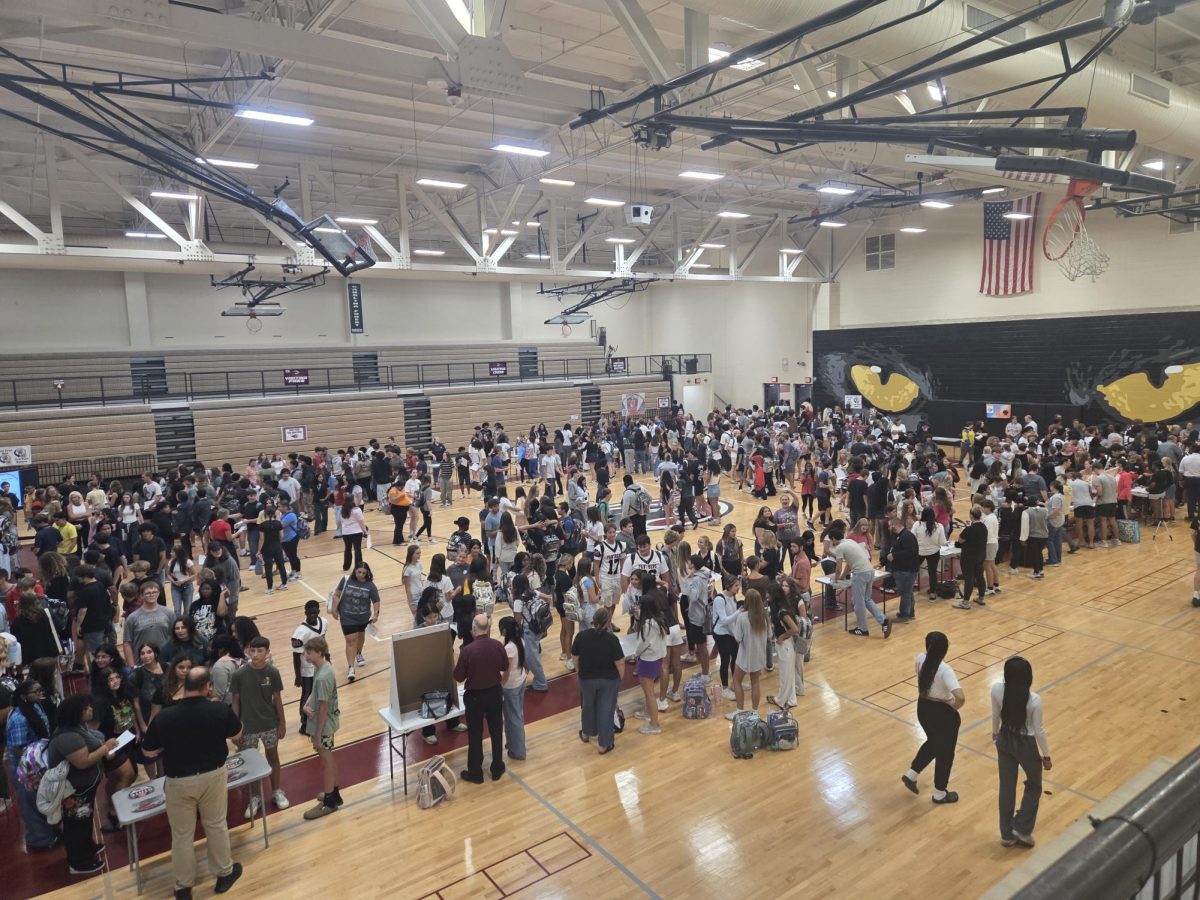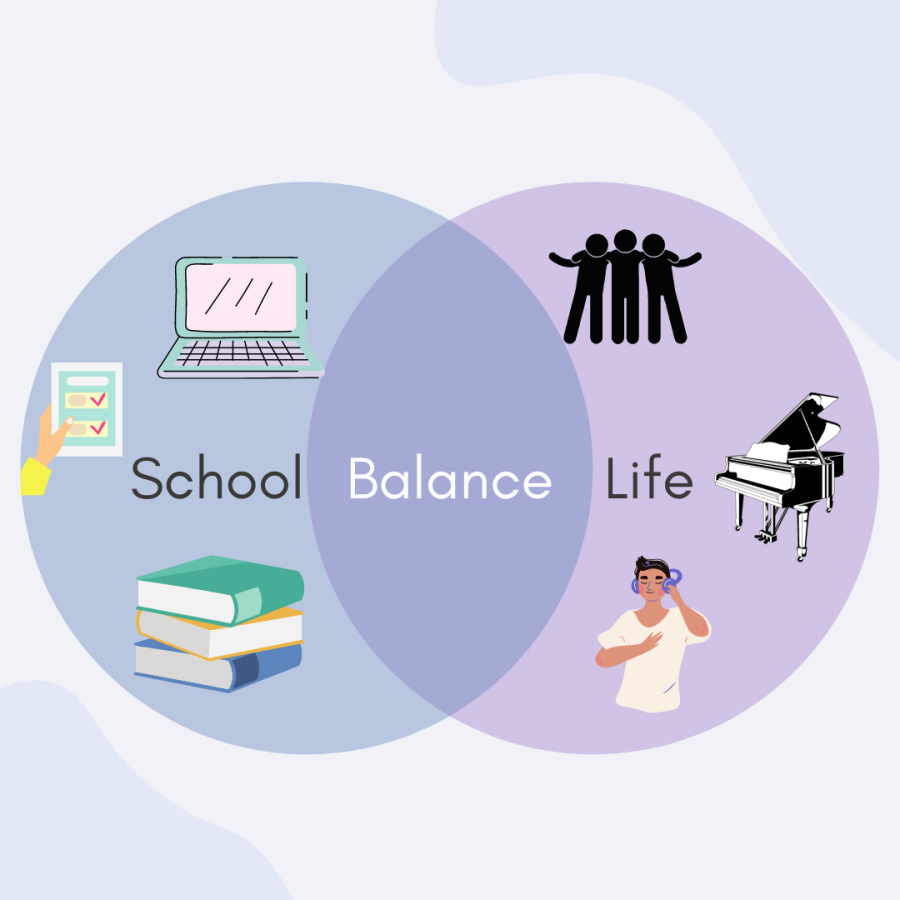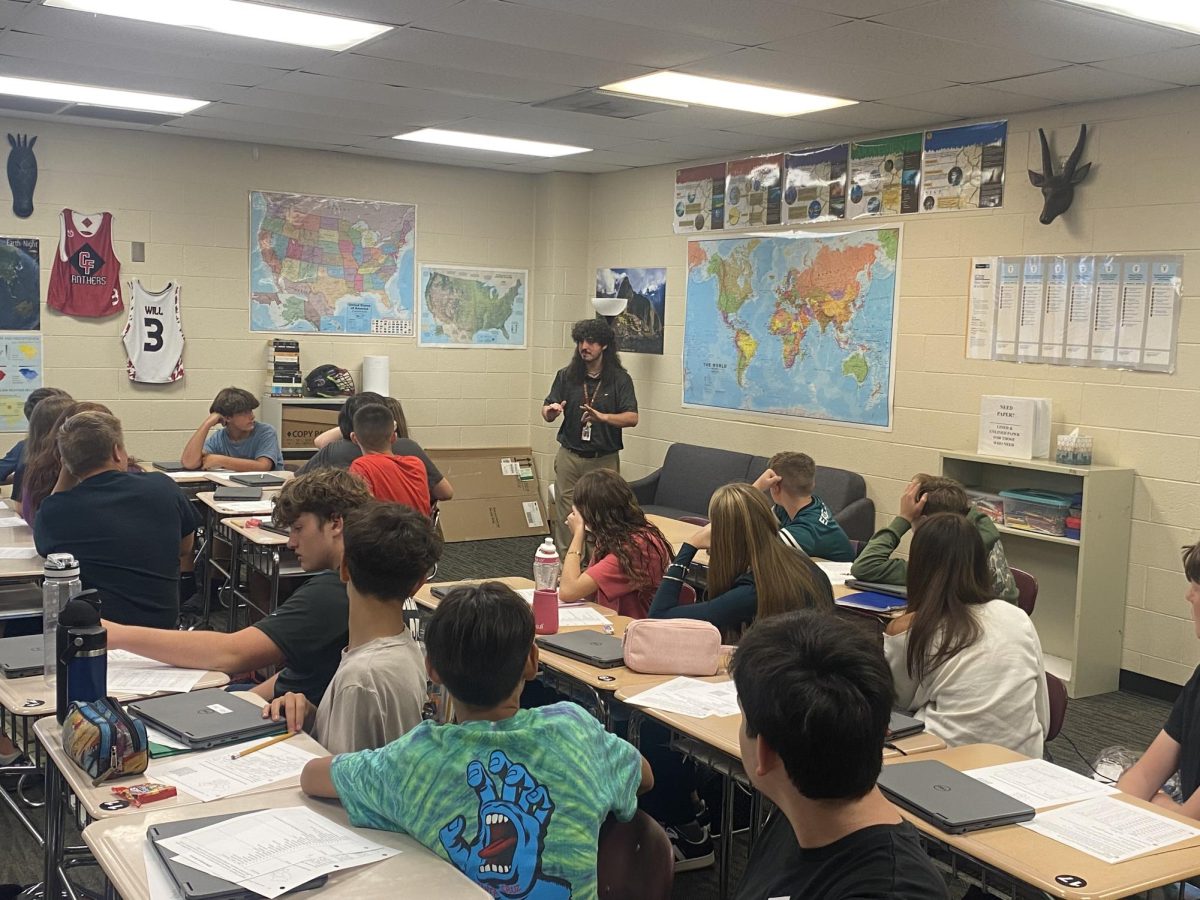Augmentative and Alternative Communication (AAC) Awareness Month is celebrated in October. AAC is a way in which people talk and communicate without the use of verbal speech. Augmentative communication means adding something to speech to make the message clearer to the listener. This could be in the form of pictures, hand signals, writing or drawings, and using special app programs or devices.
Whether a child is learning to communicate, or an adult has lost their ability to speak, AAC helps bridge the gap between communication challenges and participation in everyday life.
Randi Aubry stated, “Awareness is key. It is important to showcase those who are a part of the AAC community, and we want other students on campus to know what AAC is, and how they communicate in different ways. We are also looking for people to include these individuals who use AAC in conversations because you might be amazed at what they truly have to say!
There are many people who work with those of the AAC community, such as our teachers Kelsey Tinker and Randi Aubry. Along with our special education teachers, we have a speech pathologist. Speech pathologists play an essential role in assessing, selecting, and implementing AAC systems for individuals who would benefit from additional support with their communication.
There are many diagnoses that could impact verbal speech. Some examples are, childhood apraxia of speech, Autism Spectrum disorders, Down Syndrome, Traumatic Brain Injury, cleft palate, etc. All of these diagnoses are very different, but they all have similar impacts on those who are diagnosed.
A form of AAC that can be seen would be gestures, an example would be sign language (ASL). ASL is used mainly amongst the deaf community. This is their way of communicating amongst one another.
A form of AAC that can be found used here at school is speech-generating devices. These devices are iPads with pre downloaded apps that feature pictures of objects under multiple categories. When a student clicks on an image, they are able to have a conversation.
In Tinker’s classroom, you can see many students who use the speech-generating devices. This allows them to respond to questions. She plays videos and uses PowerPoints during morning meetings. This allows them to use their devices to reply to questions. Throughout the day these students can communicate with others and have full conversations through their devices.
Carolina Forests Speech Pathologist Michelle Santos shared, “This group of students is an amazing group to work with. They are very good with the usage of their tablets. They will communicate with you through their tablets, and although people make look at them differently, they are just the same as those who speak and communicate”
Although Santos has the ability to have conversations with those who use their tablets to speak, she also has the ability to help them along with other students communicate. Many students attend speeches to help with pronunciation along with many other things.
“Getting to work with each individual student is something that I am so thankful for. The students all have different needs that I work to meet and help them grow while they are in school,” stated Santos.
A huge thanks to all of our teachers and supporters of AAC.









































